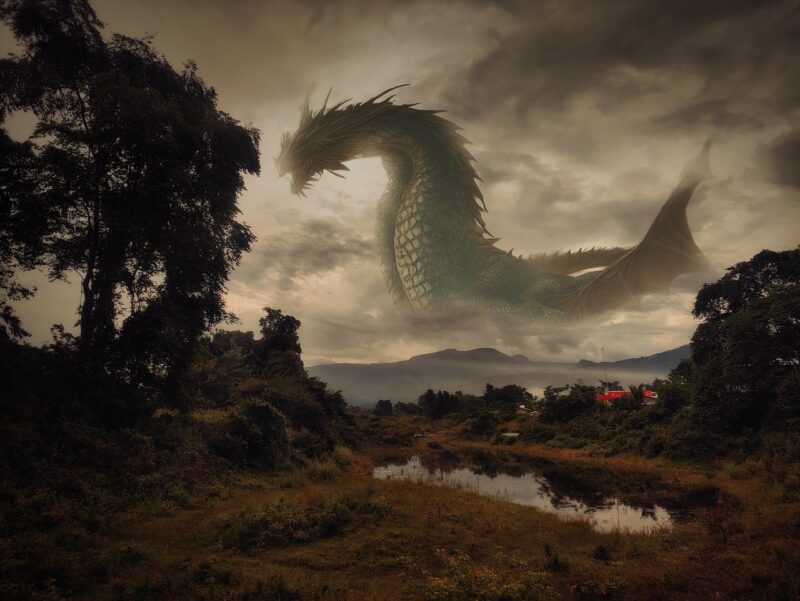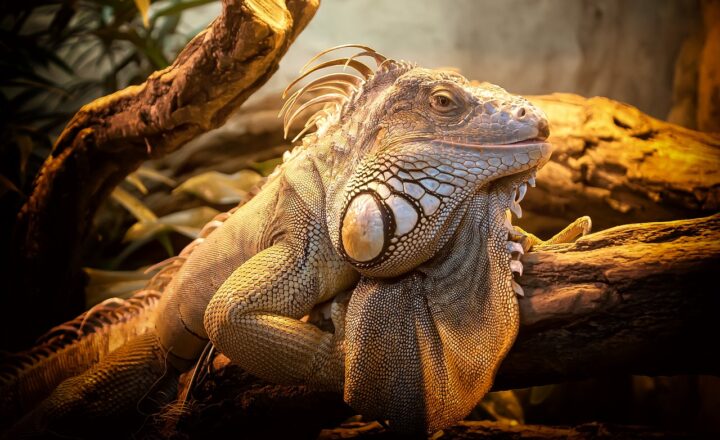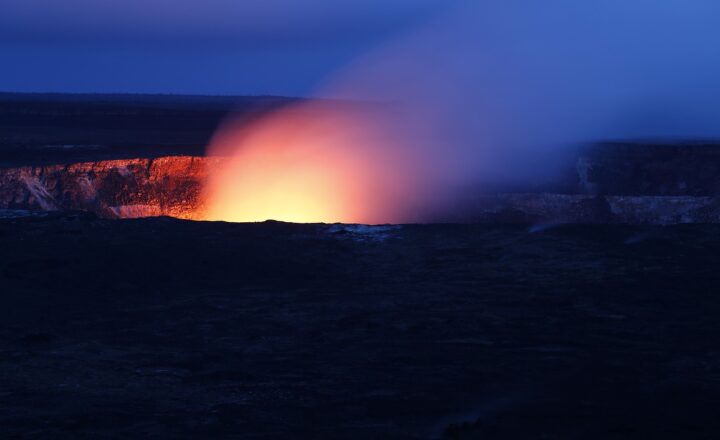
Cryptids have long inhabited the realms of myths and legends, presenting a fascinating intersection of folklore, cultural narratives, and scientific intrigue. From the elusive Sasquatch to the legendary Loch Ness Monster, the world of cryptids is filled with stories that captivate the imagination and challenge our understanding of the natural world. But what exactly are cryptids, and why do they elicit such fascination among enthusiasts and researchers alike?
1. What Are Cryptids?
Cryptids are creatures that are said to exist based on anecdotal evidence but have not been scientifically proven or recognized by the broader scientific community. The term encompasses a wide range of entities, including:
- Mythical Creatures: Beings from folklore and legends, such as fairies, werewolves, and dragons.
- Unidentified Species: Animals that are thought to exist but have never been captured or classified, like the Tasmanian Tiger or Mokele-Mbembe, a dinosaur-like creature reported in the Congo.
- Historical Creatures: Creatures like the Dodo bird and Mammoths that were once real but are now extinct, yet there are tales suggesting they may still inhabit remote areas.
What makes cryptids compelling is their ability to bridge the gap between reality and folklore, pushing the boundaries of our knowledge and understanding of the natural world.
2. The Appeal of Cryptids
The allure of cryptids lies in human curiosity about the unknown. This intrigue has spawned countless books, documentaries, and even television shows dedicated to investigating these creatures. Here are several reasons why people are fascinated by cryptids:
- Adventure and Exploration: The search for cryptids often takes enthusiasts into uncharted territories, invoking a sense of adventure that appeals to explorers and thrill-seekers alike.
- Cultural Significance: Many cryptids are deeply rooted in the folklore and traditions of various cultures, reflecting local beliefs and values that are worth exploring.
- Skepticism and Science: The debate on the existence of cryptids often leads to scientific investigations that challenge our understanding of biology, zoology, and environmental science, engaging both enthusiasts and skeptics in meaningful dialogue.
These various elements combine to create a rich tapestry of adventure, culture, and science surrounding the cryptid phenomenon.
3. Notable Cryptids from Around the World
Numerous cryptids have gained notoriety across cultures, captivating the public and spawning numerous investigations. Here are some of the most famous:
3.1. Bigfoot (Sasquatch)
Bigfoot is perhaps the most well-known cryptid in North America. Described as a large, hairy humanoid half-man, half-ape, Bigfoot stories have circulated for centuries, primarily in the Pacific Northwest. Evidence includes supposed footprints, grainy photographs, and numerous eyewitness accounts. Yet, scientific analysis often debunks much of the evidence, leading many to question the creature’s existence.
3.2. Loch Ness Monster (Nessie)
The Loch Ness Monster of Scotland is another famous cryptid. Said to inhabit the depths of Loch Ness, Nessie is often depicted as a large aquatic creature resembling a plesiosaur. Although many photographs and sonar detections claim to capture Nessie, skeptics attribute these to hoaxes or misidentifications of ordinary animals.
3.3. Chupacabra
Originating from Latin American folklore, the Chupacabra is described as a blood-sucking creature that preys on livestock. Sightings vary, but many describe it as a reptilian creature with spikes along its back. While the Chupacabra was once considered a sinister force in rural areas, investigations have revealed that many sightings were due to coyote-like animals afflicted with mange.
3.4. Mokele-Mbembe
Mokele-Mbembe, known as the “one who stops the flow of rivers,” is purported to be a sauropod-like creature residing in the Congo River Basin. Reports of this dinosaur-like cryptid draw interest from both anthropologists and biologists who explore the theory of undiscovered megafauna.
These cryptids reflect the varied cultural backgrounds and forms of myth that persist around the world, capturing the attention of many eager to uncover the truth.
4. The Search for Cryptids: Methods and Challenges
Cryptid hunters and researchers employ various methods to validate cryptid sightings, which include:
- Field Research: Many cryptid enthusiasts venture into remote areas, armed with cameras, field guides, and audio recording equipment, hoping to capture evidence of elusive creatures.
- Forensic Analysis: The analysis of physical evidence—such as hair, feces, and footprints—can provide valuable information regarding possible cryptid activity. However, many samples often turn out to be from known species.
- Technological Advancements: The use of trail cameras, drones, and sonar technology has become part of modern cryptid research, allowing for greater coverage of potential habitats.
Despite these efforts, proving the existence of cryptids is an ongoing challenge primarily due to the lack of concrete evidence, the remoteness of their alleged habitats, and the complexity of biological ecosystems.
5. Cryptozoology: The Study of Cryptids
Cryptozoology is a field dedicated to the study of and search for these unknown creatures. Although often criticized for lacking scientific rigor, cryptozoologists explore the possibility of undiscovered species and engage in extensive fieldwork and anecdotal research. This unconventional discipline may draw from biology, anthropology, and ecology, merging scientific inquiry with folklore.
One of the major debates within cryptozoology is the balancing act between accepting anecdotal accounts while pushing for rigorous scientific standards, showcasing the complexities of validating cryptids’ existence.
Conclusion: The Fascination Continues
The allure of cryptids will likely endure as long as humanity embraces mystery and the unknown. Whether through personal anecdotes, folklore, or participatory discovery, cryptid enthusiasts will continue searching for evidence of these extraordinary creatures. While many cryptids remain unproven, the quest fuels our imagination, curiosity, and desire for discovery. The strange, the weird, and the wonderful will always find a place in the human experience, urging us to explore all the unexplained corners of our world.
As we continue to ask questions, share stories, and embark on investigations, the world of cryptids invites us to wonder: what else might be lurking just beyond the edge of our understanding?








